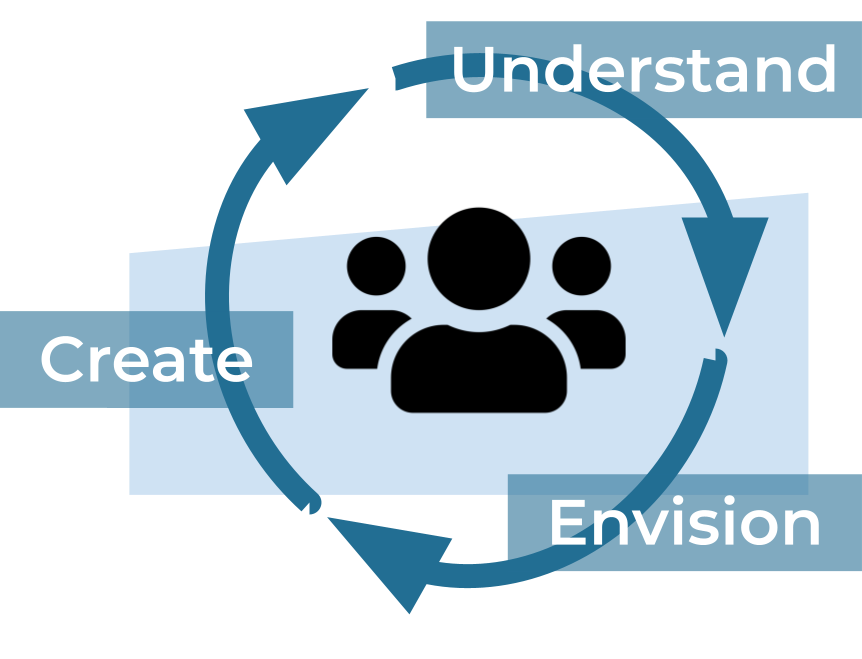Application modernization, cloud migration, digital transformation. Going from where you are to where you “ought to be” is a journey down a non-linear path you can’t predict; and, until you need them, you won’t even know all the tools and skills you’ll need to make it.
From a holistic business perspective, digital transformation (or whatever you want to call it), isn’t about digital and it isn’t even about transformation. But it is very easy for technology, for digital, to dominate the discussion. Similarly, the idea of making a transformation happen through a set of predefined steps, or at least by repeatedly applying a technological approach or practice, is very attractive. Ultimately, these tendencies make the inevitable non-linear path arrive as a surprise and become a source of frustration.
These “anti-patterns” of adapting a 20th Century business to the 21st Century market economy are so common and pervasive because they each carry kernels of truth. Yes, new digital tech is key to 21st Century business success, and is an essential investment for 21st Century companies. Yes, 20th Century orgs need to change how they organize and operate, and, if they take time to articulate what they want to become, they can imagine a roadmap to go from here to there. Yes too, an iterative approach is needed, it just needs to be expanded beyond the realm of technology to the whole “sociotechnical” system.

Ultimately, what drives The Learning Engine and makes it work for both organizational change and ongoing operation, is that it makes customers the center of gravity for the company. Underlying it are two principles that everyone from leaders, to frontline employees, need to live in everything they do:
- That it is the customer who determines what a business is (based on the value they place on its products and services).
- That the customer’s experience of value, and judgment of value, is subjective and ever-changing (and so is a critical resource for understanding present success and figuring out future success).
These views mean that not every prospective customer is a fit for Simbiotrek (sim-bē-‘ä-‘trek). It also means that the clients we do work with embrace us as a “symbiotic catalyst” and are ready to “trek” with us on the non-linear path to…
Becoming the organization that senses the experiences of value of our customers today, and adapts quickly and efficiently to deliver even more value to our customers tomorrow.
Sean Kennedy (me)
If these values resonate with you, I’d love to get to know you (LinkedIn) and you might enjoy the Whatever The Heck That Means YouTube channel too (get there easily through wthtm.com/tv). If you are looking for a partner to build the beautiful business you’ve always imagined, I’d also love to talk to you about that (message me through simbiotrek.com)!

2 Comments